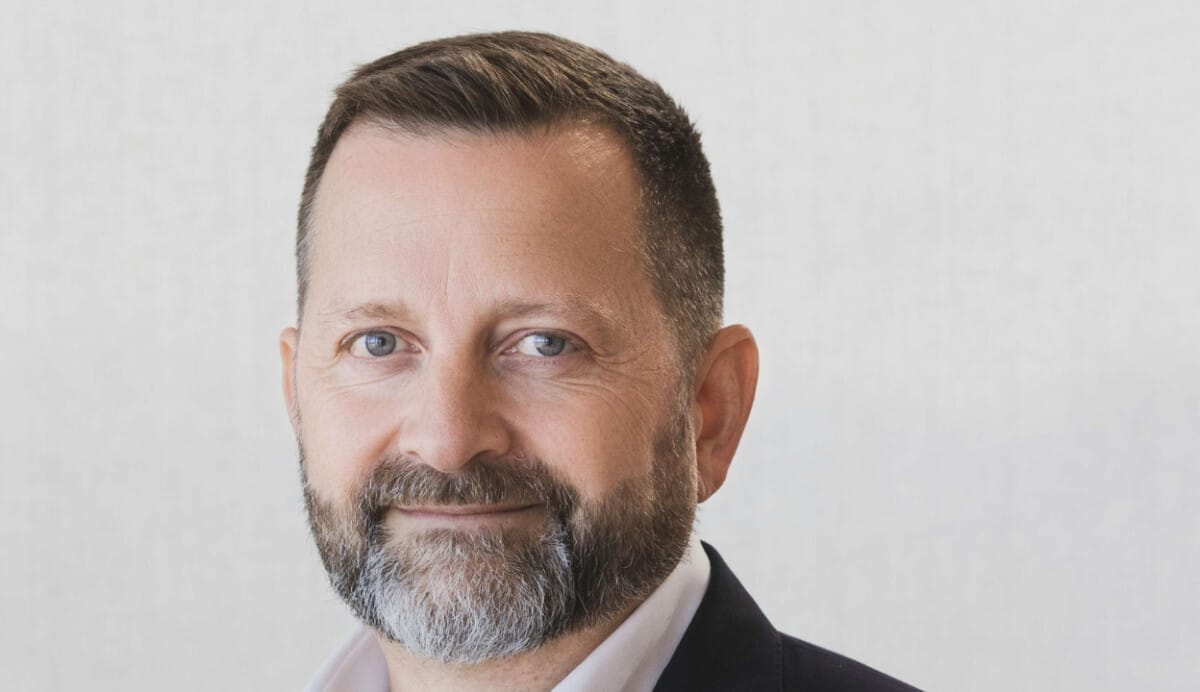In recent years, Iceland’s Lifeyrissjodur Verzlunarmanna, LV, has significantly boosted the passive allocation in its global equity portfolio.
The strategy, explains CIO Arne Vagn Olsen in an interview with Top1000Funds from the fund’s wintry headquarters, just south of Reykjavík, is a consequence of successful fee negotiations with the likes of index managers BlackRock, Vanguard and StateStreet and deciding to drop active managers because they struggled to outperform. Almost 80 per cent of the global equity allocation is now passive.
“Given the size of the fund and the size of our mandates, we have been able to negotiate and reduce equity management fees to a level we feel comfortable with. Our growing fund size and the increase in overseas investment has given us leverage in fee negotiations.”
LV is certainly growing. The €8 billion pension fund, still open and a hybrid of DC and DB is Iceland’s second largest; it was set up in 1956 and with 180,000 members (around half of the population) will be the largest pension fund in the country in the next decade.
Moreover, LV’s global allocation (45 per cent of AUM to global public and private markets) is significantly larger than peer funds which typically allocate around 35 per cent of their assets outside Iceland.
“The combined assets of Iceland’s pension sector is twice the size of Iceland’s GDP so it’s important for us to invest outside of Iceland to reduce systematic risk in our portfolio,” he explains.
Increasing fixed income
Olsen is also planning to increase the allocation to overseas fixed income, currently around 5 per cent of total assets. The strategy is being driven by forecast increases in volatility over the coming years because of inflation uncertainty and the impact of AI and ESG as well as higher bond yields, he says.
“Nobody really understands the impact of ESG legislation on markets,” he warns.
The boosted allocation is likely to be actively managed and focused on investment grade developed markets, but he also plans to add a high yield allocation and other instruments outside typical investment grade. “We are in the process of analysing and simulating the potential impact on the portfolio from a risk and return perspective. Nothing is decided yet.”
Although it will most likely be actively managed, he plans to tap the same fee benefits in fixed income as he has in equity. “We don’t have the same amount of leverage to put pressure on our managers in fixed income. But part of the allocation shift will include fee negotiations and our aim is to try and get the same results as we have in equity.”
Managing inflation risk
One of Olsen’s biggest challenges is navigating Iceland’s inflation, currently running at 8 per cent. Although the fund invests in inflation-linked assets (around 35 per cent of the portfolio is inflation-linked whereby the value of the investment rises with inflation) it is unable to hedge inflation risk in its liabilities – beneficiary payments are pegged to inflation and have risen exponentially.
“Our liabilities are growing with inflation and the risk is that we may have to cut benefits if our assets can no longer cover our liabilities. Our ability to neutralise this risk is limited because we don’t have the tools.”
In contrast to the United Kingdom’s BTPS or Denmark’s ATP, LV can’t use derivatives to hedge its liabilities because its size dwarfs the market capitalization of Iceland’s banks, creating too much counterparty risk on the other side of any swap.
“We wouldn’t feel comfortable taking counterparty risk with a local bank to hedge all our liabilities,” he says, observing that ever since Iceland’s banking crisis in 2008 and the sweeping regulation in its aftermath, the banking sector has curtailed business abroad and has much stricter rules around reserves. In contrast, the country’s pension industry is growing, and increasingly international.
One solution could be investing more in inflation linked infrastructure opportunities in Iceland. However, this would require policy makers providing more support to encourage investors into the space.
In other changes, Olsen is considering using more of LV’s tactical asset allocation to ensure the investor is nimble and takes advantage of opportunities. “Tactical asset management will be more important than it used to be,” he predicts. Around 5-10 per cent of the portfolio is currently managed tactically.
LV has also rewritten its rules around rebalancing.
“If you don’t rebalance regularly, it’s not really a strategic asset allocation,” he says. “We will rebalance more regularly, but it will also come down to volatility. We need to be prepared to change our decision around our allocations if the market conditions change and we do believe we are heading into unchartered territory in the coming years.”



